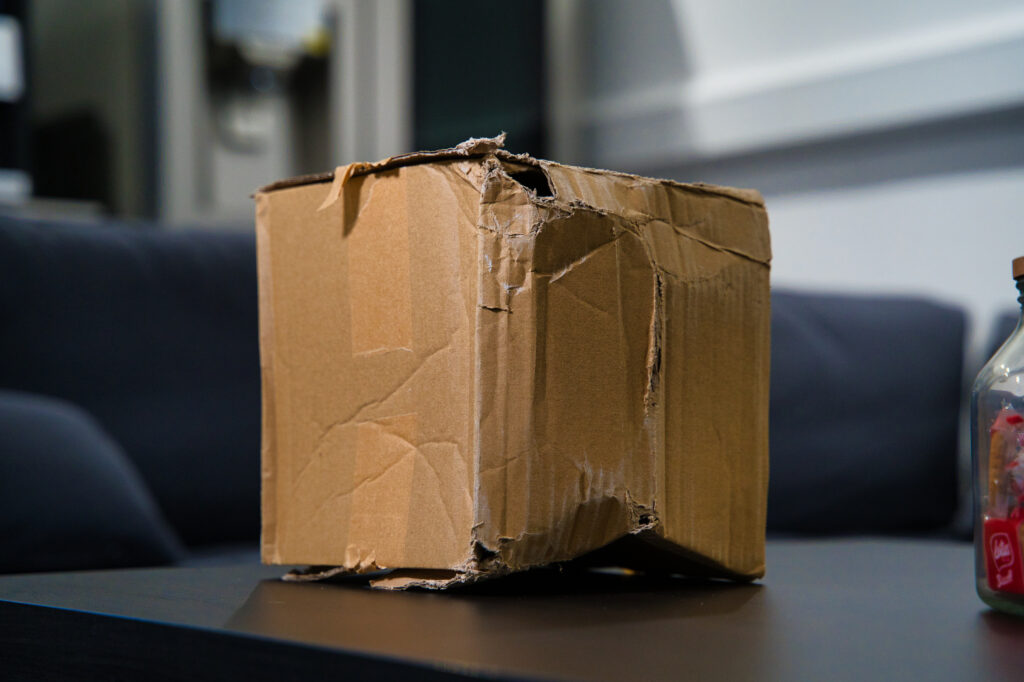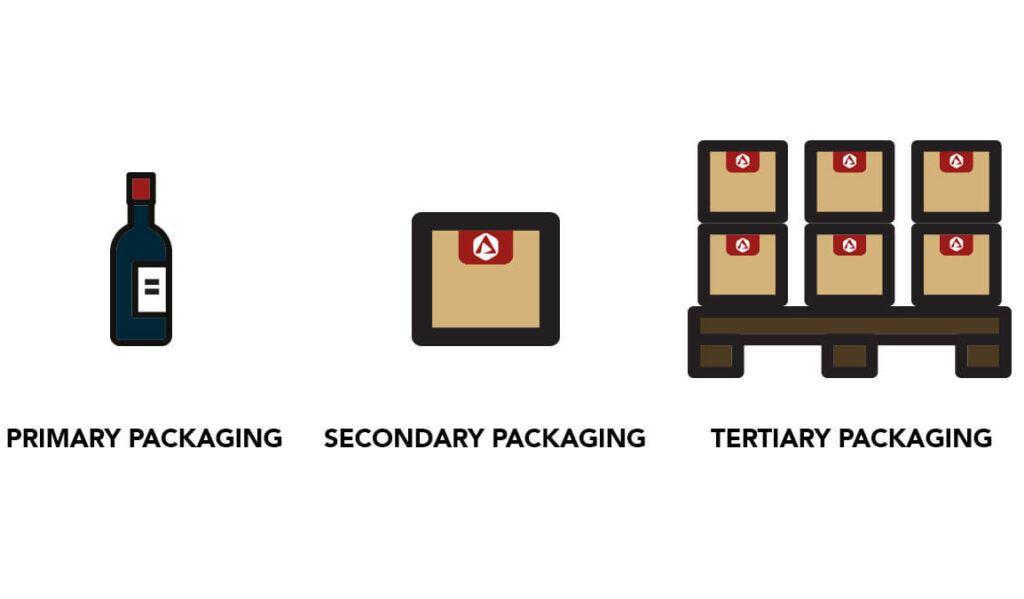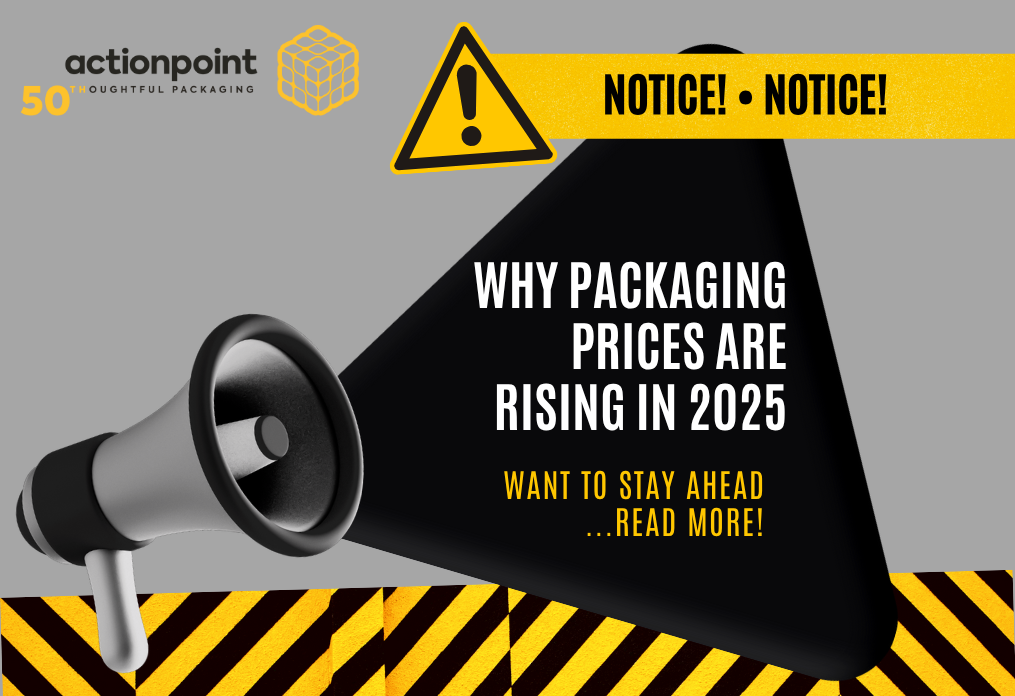Whether you’re a first-time buyer or have years of experience, make sure you have a checklist to hand when buying your personalised packaging for a new product, or from a new supplier.
It’s very easy to miss out a step, or forget to get a colleague’s key input, or realise too late that the person who needs to authorise the order is on holiday or sick leave. For a stress-free experience, just follow the checklist. The better prepared you are, the quicker, easier, and more streamlined the process.
It doesn’t replace your relationship with your packaging supplier – who will still be happy to work with you on any of the points and answer any questions – but it helps you to understand and keep track of all the factors involved in the design and manufacture of your bespoke packaging.

This blog is your guide to the areas you should be thinking about and decisions that need to be made. If you want, you can download and print off the checklist to physically tick off the points, reminding you of what’s been completed and what needs to be done next.
Money
What is your budget for your packaging?
It’s so important to set aside a budget in advance. This will help to inform all your decisions and save you a lot of time.
- If you don’t know your budget, or how to decide on one, a good rule of thumb is 10% of the value of your product. The more expensive the goods, the greater the emphasis – and spend – on protection, sustainability, and visual appeal.
- Your packaging supplier can help you to determine your budget. They will ask you for data such as how much you are currently paying for your packaging, what improvements need to be made, and what the damage rates are. For example, the amount you’re spending on replacement products could be more than the cost of higher quality packaging that better protects your goods. Also, check what deals your supplier can offer you such as free, or greatly reduced, stockholding options as this will help your budget go further.
- If you’re dealing directly with a packaging manufacturer, consider how much space you have on your premises to store your packaging. If you can buy 3 months’ worth of packaging in advance, it may well end up saving you money. But you’ll need to check this against the cost of having that space unavailable for other use.
Concept and Design
How much does your product weigh?
The weight, size, and shape of your product will help determine the packaging design and materials that will best protect your goods.
What is the packaging specification (spec) of your current/existing packaging?
Your packaging supplier will need this information when they test your current packaging to check it matches the spec. It’s not unheard of to find out your high spec packaging actually contains lower quality materials, affecting the performance of your packaging. Similarly, your existing packaging may have been over spec’d for what you need it to do, meaning you’re paying more than you need to. Gathering and analysing these details will help your supplier to plan the right bespoke solution for your product.

How will your product be sent out for delivery?
For products being sent out on a pallet, you need to consider how many boxes you want to fit on each pallet. If you need 10 boxes all stacked up on top of each other, the boxes must have the appropriate crushing strength to withstand the weight. If your products are going direct to the customer via courier, think about the trials and tribulations the boxes will go through. Knocks and falls are common whether by human error or from being bumped in transit by other parcels of varying shapes, sizes, and weights. Securing your product inside the box is paramount with drop tests to ensure your packaging performs under pressure. You may also want to focus on other areas, such as a packaging solution that will fit through a standard letter box.
What do you want your packaging to look like?
Don’t worry, you aren’t expected to have all the answers! But any of your thoughts and ideas are helpful, for example if you want:
- A luxury feel to the design
- To achieve a specific unboxing experience
- Your products displayed in a certain way in the box
- Packaging that matches your product/company values
- Packaging that reflects your sustainability goals
What materials do you want to use?
You aren’t expected to know the difference between corrugated double wall tolerances versus single wall (although maybe you do!), but you do have to decide which materials you want to use in your packaging. Happily, this is something your packaging supplier can guide you through, making recommendations, and explaining why you should or shouldn’t use a particular material in your case. Areas to think about include:
- The different kinds of Kraft or Test paper, corrugated wall types, fluting size, board grade, and paper coating.
- Bespoke internal fitments or voidfill or both. Fitments are a customised element of packaging, designed to fit the unique contours of your product. They are more expensive than voidfill but create a more impressive display, while offering high levels of protection.
- Your storage environment. Is it hot, cold, dusty and/or damp? The conditions will affect the integrity of your packaging, and these factors help your supplier to gauge which materials are best for you.
What sort of print branding would you like?
Consider how you want your print branding to look on the inside and/or outside of the box, and how many colours you want to use. Bear in mind the more colours you use, the greater the cost. This may be a job for your own in-house design team, or an external design agency, or in collaboration with your packaging supplier.
Decide if you want to keep it simple with company logo and information such as shipping requirements, delivery instructions, and barcodes. Or create a powerful first impression with your packaging, making it a true extension of your brand.
Have you sent your artwork to your packaging supplier?
Your packaging supplier will need some form of artwork from you. Either a complete print branding design, if you’re arranging this yourself, or at the very least a company logo which your supplier will use when creating a design for you.
Sampling and Testing
Have you received the packaging sample?
Your packaging supplier will send you a sample of your packaging in the correct style and size for you. This allows you to see for yourself exactly what you are getting and how your product looks and fits in the box. If there are any issues, you can raise them with the supplier who will make the necessary tweaks and create another sample for you.

Have you approved the packaging design?
Don’t forget that once you are happy with the sample, it must be authorised. The person with the appropriate authority to sign off the design may be someone in the purchasing team, a production or quality manager or director, or an operations director.
Do you want to test the packaging yourself?
Some businesses like their initial order to be a small run so they can conduct their own trials before committing to a larger order. This is a good opportunity to check all aspects of your packaging process including packing, palletising, storage, and delivery to make sure there are no unforeseen problems.
Have you placed your order?
Once you have approved the packaging you can place your order.
Have you received the print design proofs?
After you have placed your order for your packaging, you will need to authorise any print branding being used. Yes, that’s right, after your order has been placed. This is because of the time and expense involved in making final print proofs. The factory doesn’t want to create tooling or plates only to find the customer has changed their mind and will not be placing an order after all. So, to summarise:
- Step 1: approve your packaging design
- Step 2: place an order for your packaging.
- Step 3: receive PDFs of the print design to check and sign off.
- Step 4: receive a final print proof (a physical sample of your packaging with print branding on it) to check and sign off.
Have you given final print approval?
After the final print proof has been authorised by the appropriate person in your business, it’s all systems go. Your packaging is manufactured, printed, and delivered or held in stock.
Expertise at Hand
As you can see, there is a lot to consider when ensuring your personalised packaging looks and functions exactly the way you want it to. But there is expertise at hand to guide you through the whole process. Make the most of your packaging supplier’s knowledge and experience: share your problems and ideas, ask them questions, and test their creativity. And keep a checklist like this one handy to break it down into bite-sized pieces, making your bespoke packaging purchase as smooth and effortless as possible.
Download a handy packaging checklist.
If you would like some advice on custom packaging for your business, or to book an in-depth bespoke packaging appointment at our Packaging Creation Lounge, get in touch.




